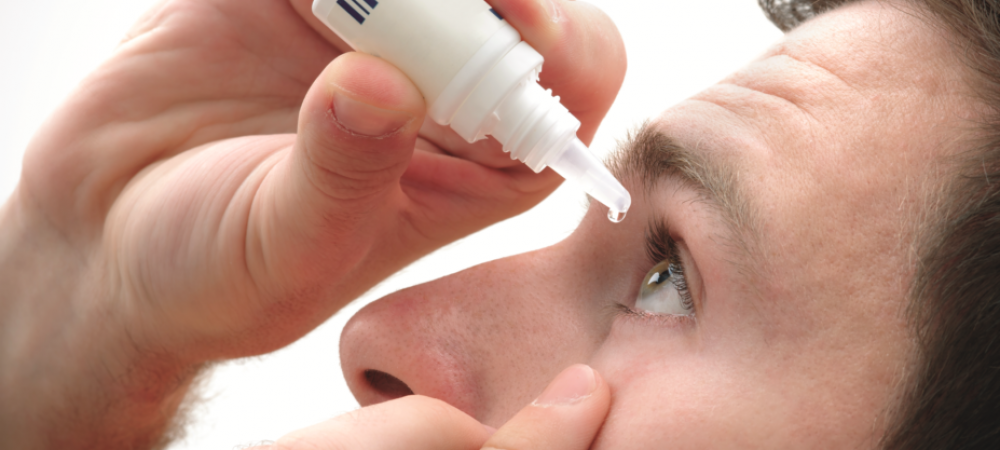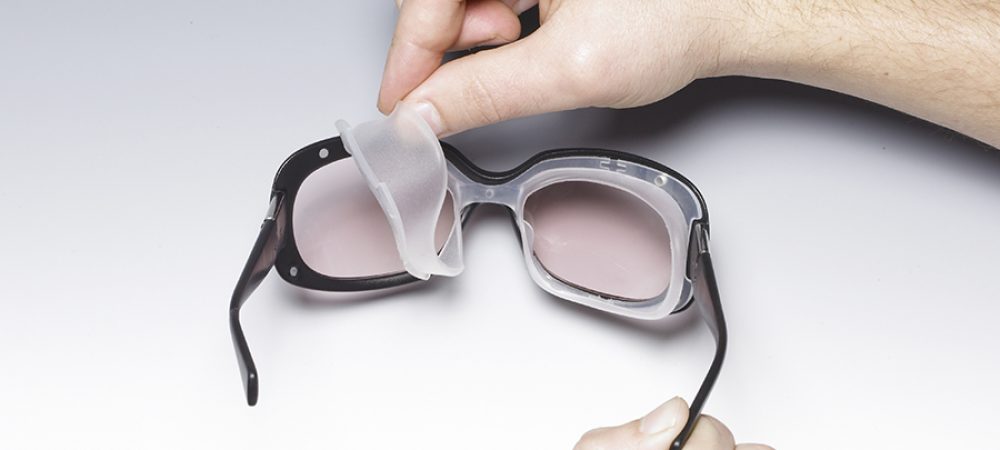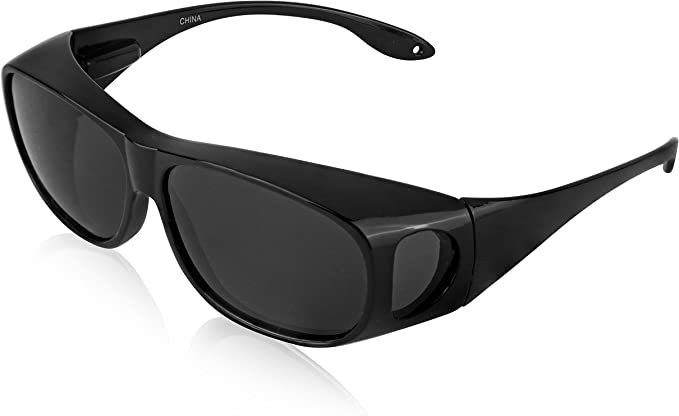Home » Best Gear For LASIK Patients
Best Gear For LASIK Patients
- By Dr. Yuna Rapoport
- March 23, 2021
- 3:11 pm
After the LASIK, or laser assisted in situ keratomileusis, procedure is performed, and LASIK patients say goodbye to their glasses and contact lenses once and for all, I get asked what medical and other gear these patients should get in the long term. Here is my summary.
Best Eye Drops for LASIK Patients

Optimizing dry eye ahead of the LASIK procedure is very important to minimize dry eye and glare in the 20 years after the procedure. Patient reported side effects of dry eye are very low and patient satisfaction very high when dry eye is optimized ahead of time. Typically, both before and after the procedure, I recommend using preservative free artificial tears. Any drops in a bottle have preservatives and should not be used more than 4 times a day. Anything in individual vials can be used as much as you’d like. A thicker drop with carboxymethylcellulose, a gel, or an ointment are the next over the counter steps. If more control of the dry eye inflammatory disease is needed then a prescription drop such as Cyclosporine 0.5% (Restasis), Cyclosporine 0.9% (Cequa), or lifitigraft (Xiidra) can be used twice daily. These drops increase the tear production of the lacrimal gland and decrease the progressive inflammation of dry eye.
Other Dry Eye Devices

I recommend putting a humidifier in the bedroom or using moisture chamber goggles at night to help increase humidity and lock in moisture. Punctal plugs are tiny devices that can be placed in the office by your eye surgeon as part of dry eye care to help occlude the puncta, or where the tears drain. This allows the tears to stay on the surface of the eye longer. This helps decrease the evaporative dry eye component of dry eye. I also recommend improving the aqueous deficiency component of dry eye by doing 30 seconds of heat nightly followed by a hypochlorous foam such as Ocusoft or Avenova and wiping off the eyelids. This nightly cleansing will improve the healthy oil production of the meibomian glands which will improve the overall dry eye, especially in LASIK patients shoes corneal tissue has been reshaped.
Best Sunglasses for LASIK Patients

The sunglasses I recommend for LASIK patients are the same ones I recommend for all patients- UV blocking. Ultraviolet rays cause damage to the eye and hasten the onset of cataracts, cause progression of pinguecula and pterygium (wing-shaped growths on the conjunctiva, the white of the eye). All sunglasses must shield from these UVA and UVB light rays. Immediately after the procedure, in the first week after the laser vision correction, wrap around sunglasses are recommended by the eye surgeon for LASIK patients to help decrease glare and improve healing. Additionally, a pair of foam goggles are given by the eye surgeon for the LASIK patient to sleep in the first 5 nights after the LASIK procedure.
In the long term, 20/20 vision is achieved, and if properly treated and screened for ahead of time, dry eye and glare is avoided in the 20 years after the LASIK procedure. Eye care should still be continued annually because it is important to check for glaucoma, and specifically retinal tears, holes, and detachments, particularly because the group of patients getting LASIK eye surgery is usually near sighted or myopic and wears glasses or contact lenses for nearsightedness. Talk to your eye surgeon about the overall risks and benefits of this food and drug administration approved laser vision correction such as LASIK or PRK.





